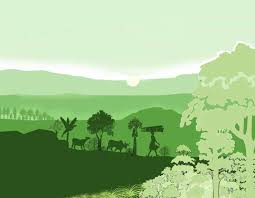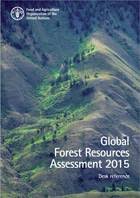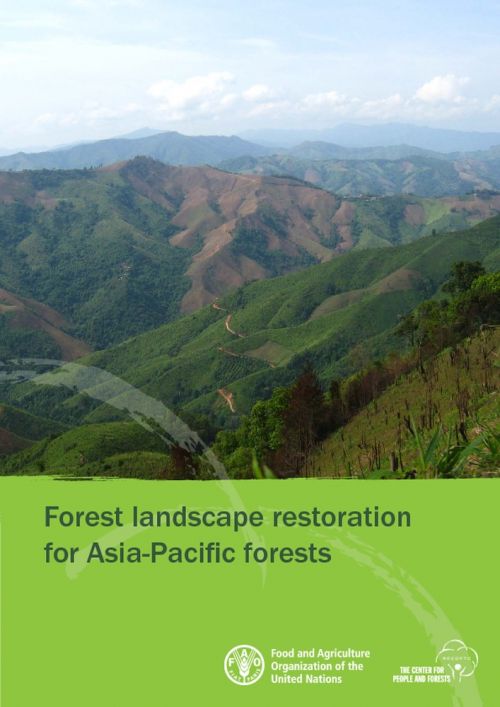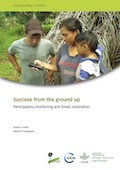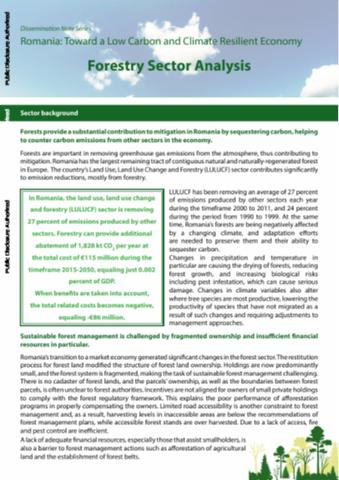Myanmar National Framework for Community Disaster Resilience
The National Agricultural Policy of Myanmar is a sectoral policy with the following objectives:Promote a common understanding among stakeholders (e.g., government, development partners, civil society organizations, community-based organizations, and the private sector) on the desired outcome of strengthening disaster resilience of the communities in Myanmar; Propose coherent approaches and lessons for pursuing disaster resilience at the community level; Identify potential opportunities for implementing measures across different sectors and themes of development that will strengthen disaster


